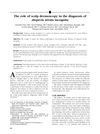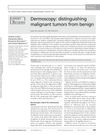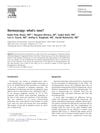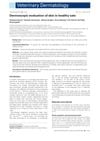Dermoscopy Research: An Update
September 2009
in “
Seminars in Cutaneous Medicine and Surgery
”
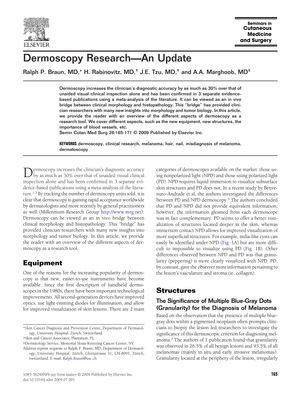
TLDR Dermoscopy has greatly improved the diagnosis of skin lesions and our understanding of their morphology and biology.
The 2009 document reports that dermoscopy has significantly enhanced the diagnostic accuracy of skin lesions, increasing it by up to 30% over traditional visual inspection. It outlines the advancements in dermoscopy technology, such as polarized light dermoscopy (PD) and nonpolarized light dermoscopy (NPD), and their contributions to better visualization and diagnosis of skin conditions, including melanoma. The presence of blue-gray dots in pigmented neoplasms is particularly indicative of melanoma, and PD is especially useful for visualizing blood vessels. The document also emphasizes the utility of sequential digital dermoscopy imaging (SDDI) for monitoring certain types of melanomas and discusses the biology of nevi and melanoma, challenging traditional theories of nevogenesis. It notes the potential of dermoscopy in diagnosing nail pigmentation and hair and scalp disorders, such as differentiating alopecia areata from other hair loss types. The conclusion suggests that dermoscopy not only improves diagnostic accuracy but also enhances the understanding of lesion morphology and tumor biology, with expectations for its continued evolution as a research tool.
